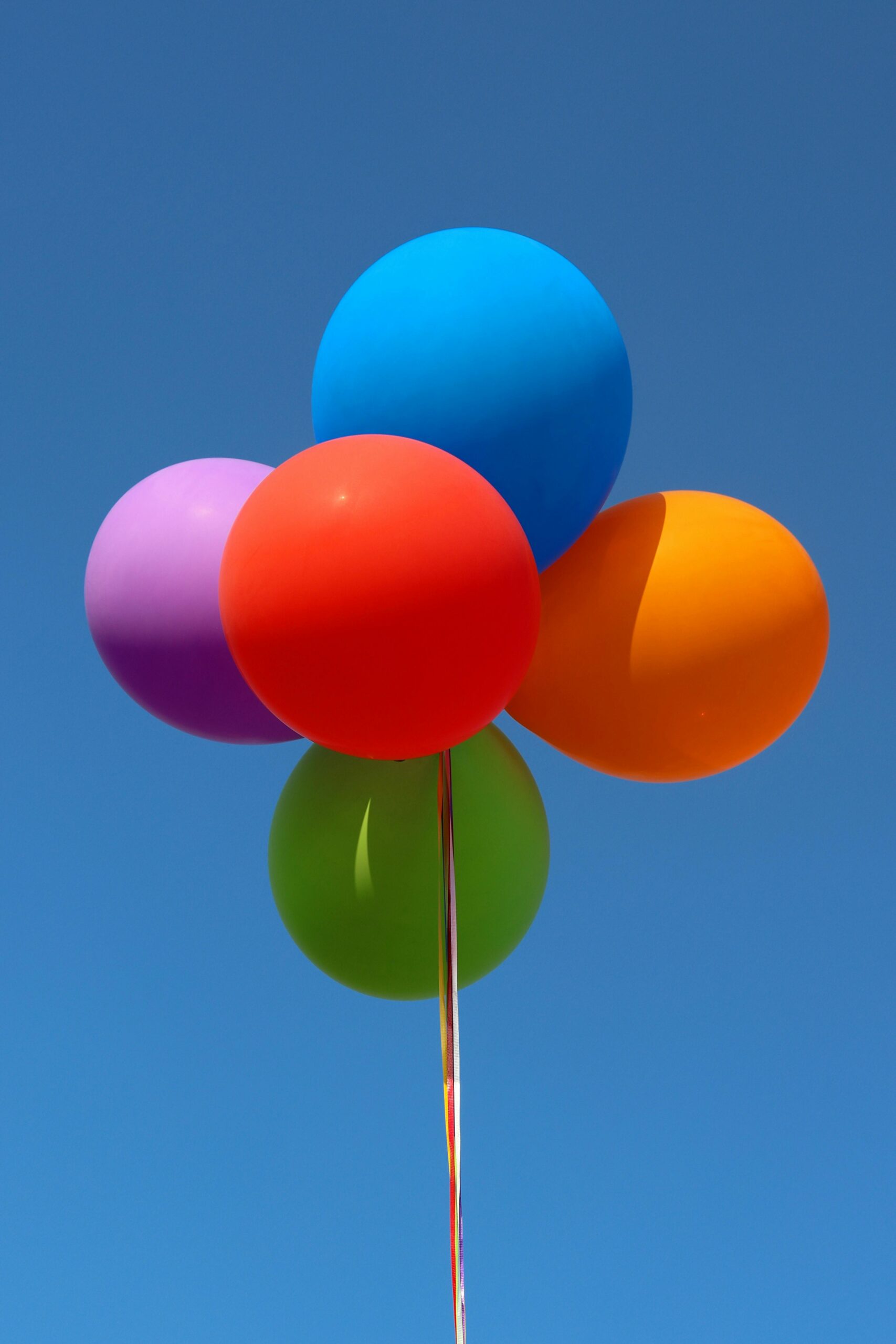Why balloons are dangerous to pets and wildlife
by Ontario SPCA and Humane Society | General Pet Care Wildlife Fact Sheets | June 13, 2025

Summer brings baby showers, graduations, wedding season and many other outdoor celebrations in abundance. These events also bring a plethora of balloons, which can pose potential threats to your companion animals and to wildlife. In this blog we’ll share why balloons are dangerous to pets and wildlife, and how to protect your furry friends and wildlife.
Why are balloons dangerous for animals?
Balloons help us to mark special occasions like birthdays, anniversaries and more. This is all fine and good when confined in a home or building, but not as something that is going to be released outdoors.
Helium balloons, especially Mylar balloons, can travel a long way – kilometers even. If you let balloons go in a city, they could end up in the backyard of a home, in the countryside, or even lakes and forest. This results in litter and a potential choking hazard or obstruction for companion animals and wildlife.
Besides choking on a deflated balloon, the biggest concern is that animals will chew and swallow pieces of burst balloons that may float into your yard. As the balloon pieces travel down through your furry friend’s food pipe, stomach, and intestinal tract, the pieces will open up and become flat. When this happens, it can form a very effective blockage. In most cases, blockages will require surgical intervention by a vet to remove and repair any damage caused by the balloon pieces.
One common misconception is that opting for biodegradable balloons, made of biodegradable latex, is a responsible way to enjoy balloons and not have to worry about where they end up. Unfortunately, these balloons still take one or more years to break down. In addition, no balloon (nylon, latex or Mylar), will break down in an animal’s stomach.
How can you protect your furry friends from ingesting balloons?
Typically, pet parents don’t even see their furry friends ingest balloons. This is because when balloons are released, helium leaks out, they deflate and eventually burst, and then may enter your yard, while your animal is unattended.
Shiny balloons may attract dogs and cats, like a ball or toy. Animals can burst the balloon while playing and curiously sneak a taste. It’s important to watch carefully for any signs of blockage, like if your dog or cat suddenly stops eating, starts vomiting, has loose stool, or seems depressed. If you notice any of these signs – you should call your vet immediately.
Help keep wildlife balloon-free
Balloons are also hazardous to wildlife, because balloons can float into their habitat, as well. When wildlife is scavenging for food, balloons (especially Mylar) can resemble other food sources, such as fruits, berries or bright flowers.
Rodents and rabbits can be browsing for dandelions or greenery and consume bits of balloon wrapped up in their regular food source and eat it accidentally.
The string or ribbon tied on a balloon also presents a risk to wildlife. An animal can get its legs or wings caught, essentially trapping the animal and making it unable to get back to its nest or safe place.
Simple lifestyle modifications can go a long way to protect companion animals and wildlife. While you enjoy summer celebrations, remember to use balloons indoors and never release balloons outside to keep critters safe.
If this information was helpful, please help us continue to educate about pet health and well-being by making a donation. As a registered charity that does not receive annual government funding, the Ontario SPCA and Humane Society depends on the generosity of donors to change the lives of animals in need.
Categories
Testimonial
As an animal lover all the work you do
As an animal lover all the work you do to help ensure that every dog and cat can find their forever home that is filled with love is greatly appreciated.
